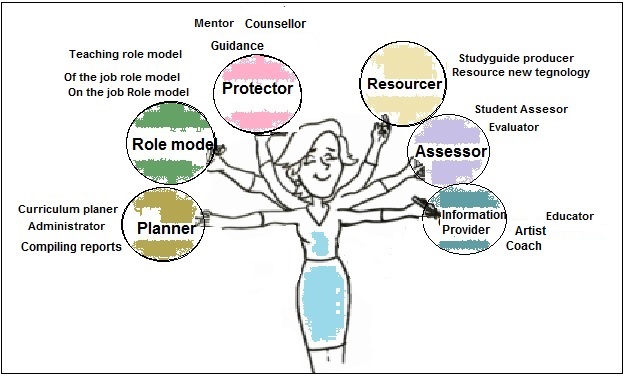Name
of the teacher trainee : Amalu S Standard : IX
Name
of the supervisor : Dr. A
V Sujith Period
: 2nd
Name
of the School : G B M
H S S, Thycaud Date
: 16/11/15
Subject : Social
Science II Duration:
25 minutes
Unit
:
The Ocean and Man
Strength:
Topic : Salinity of Ocean Water
Curricular
Objectives To understand the
factors affecting salinity of ocean water.
Content
Overview Salinity of Ocean Water
- average salinity of sea water, reason for
salinity, factors affecting salinity.
Content
Analysis
·
Term Salinity average
salinity, Sodium chloride salts, evaporation,
rainfall, currents, latitudes,estuaries
·
Facts
Ø
Salinity of ocean water in the
amount of salt present in ocean water.
Ø
Salinity is usually expressed as
the number of grams of dissolved salts in 1000 grams of sea water and the average salinity of sea water in 35 parts per
1000 grams (35 %).
Ø
The main reason for the salinity of
ocean in the presence of Sodium Chloride.
Ø
Rainfall, evaporation , presence
of estuaries , water from melting ice, ocean currents
etc... are the factors affecting salinity.
Ø
Concept
Ø
The amount of salt present in sea
water in the salinity and the average salinity of sea water is 35 %.
Ø
These are many salts in sea water
other than sodium chloride like magnesium chloride, magnesium sulphate, calcium
sulphate, etc..
Ø
Principles
Ø
These are many factors which causes
the changes in the amount of salt in sea water and that leads to the change in
salinity.
Knowledge Students recognize the
causes of sea water salinity.
Understanding Students understand the
factors affecting salinity.
Application Students analyse the reason behind changes in different
oceans.
Analysis Evaporation,
amount of rainfall, presence of educations, water from
melting ice, meeting of currents etc.. are the factors
affecting salinity.
Synthesis These are many salts present in the sea and
among them sodium
chloride causes the salinity in sea
water.
Evaluation Students evaluate that the variation in
salinity can affect the
change in temperature of ocean water
also.
Pre- requisites Sodium chloride is the reason for salinity of ocean water.
Attitude /Values
Ø
Develops interest in visiting sea
or ocean.
Ø
Develops interest in studying oceanography.
Learning aids Chart showing the
factors affecting salinity.
Entry behaviour Idea about characteristics
of sea water.
Method Discussion
lecturing and activity oriented methods.
References
Ø
Text book of social science II , Class IX
SCERT
Ø
Physical Geography text book by Savindra
Singh.
How many of you visited beaches?
Students puts their hands up.
ok.
All of you visited beaches. Then can you
say the Sea water is saline.
different property of sea water when comparing with
well water?
Yes, very good. Today we are going to discuss about
SALINITY OF OCEAN
WATER (BBH).
Can you say what is salinity ?
Salt content
Yes, Salinity of sea
water is the amount of salt present in
sea water.
Can you say the name
of the salt which cause salinity?
Sodium chloride
Very good . There are many salts in the sea water like
magnesium chloride, magnesium sulphate, calcium
sulphate etc.. But NaCl is the main salt which causes
salinity.
Salinity is
usually expressed in number of grams of
salts dissolved in 1000 grams of sea water. The average
salinity of sea water is 35%.
Next we will
go through the factors affecting salinity
Activity 1
Teacher hanged a chart and asked a student to read the
factors affecting salinity.
When evaporation increases
salinity
increases .
Salinity will be comparatively low at estuaries.
Water reaching
oceans from melting ice cause a fall in
salinity.
In areas where cold
and warm currents meet salinity is
comparatively low.
ACTIVITY 2
Teacher
give some activity cards and asks the students Students write the answers.
to fill up the answers.
SUMMARY
Today we discussed the salinity of ocean
water. It is the amount of salt present in the sea water. The average salinity of ocean water is 35%
. There are many factors affect the
salinity such as evaporation, precipitation,
presence of , ocean currents ,
melting ice etc...
REVIEW
QUESTION
Ø
What is the average salinity of
ocean water?
Ø
Name a factor which affecting
salinity?
FOLLOW
- UP ACTIVITY
Write
a short note on salinity of sea water?



